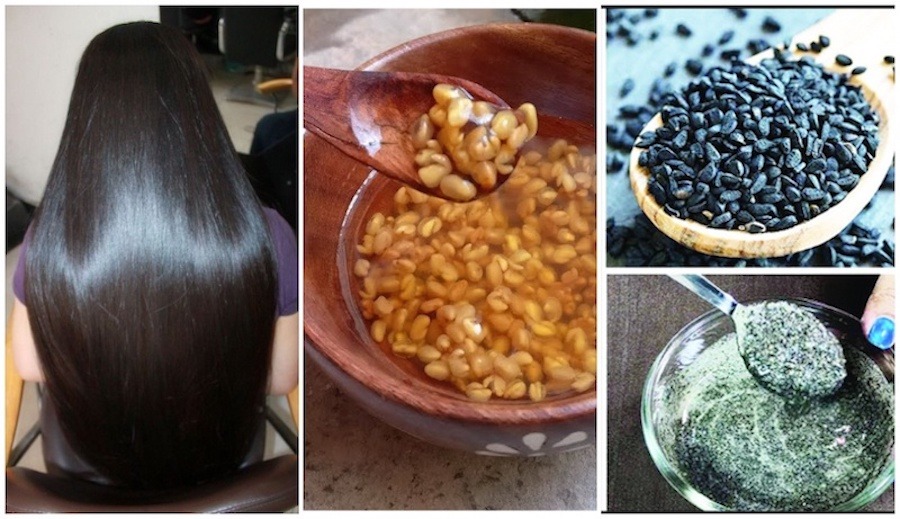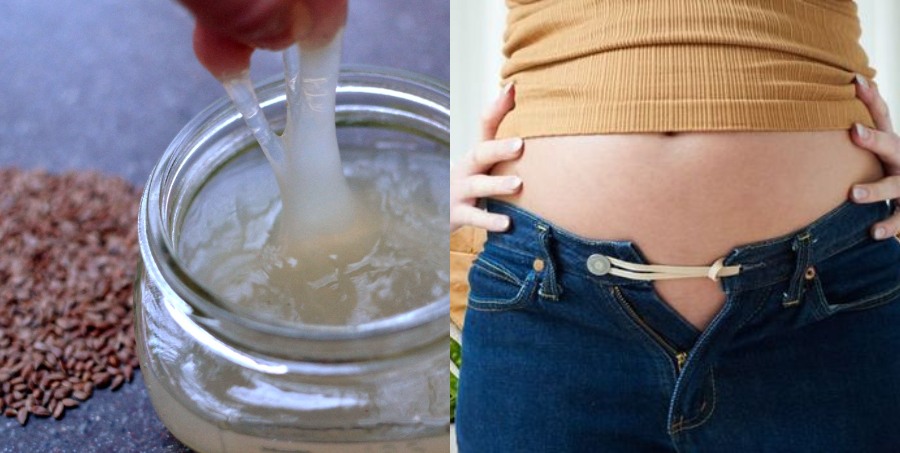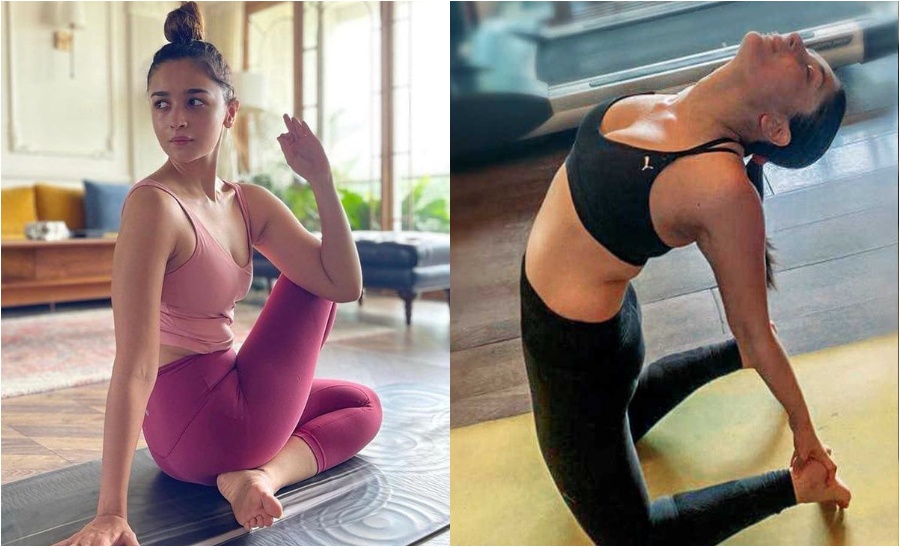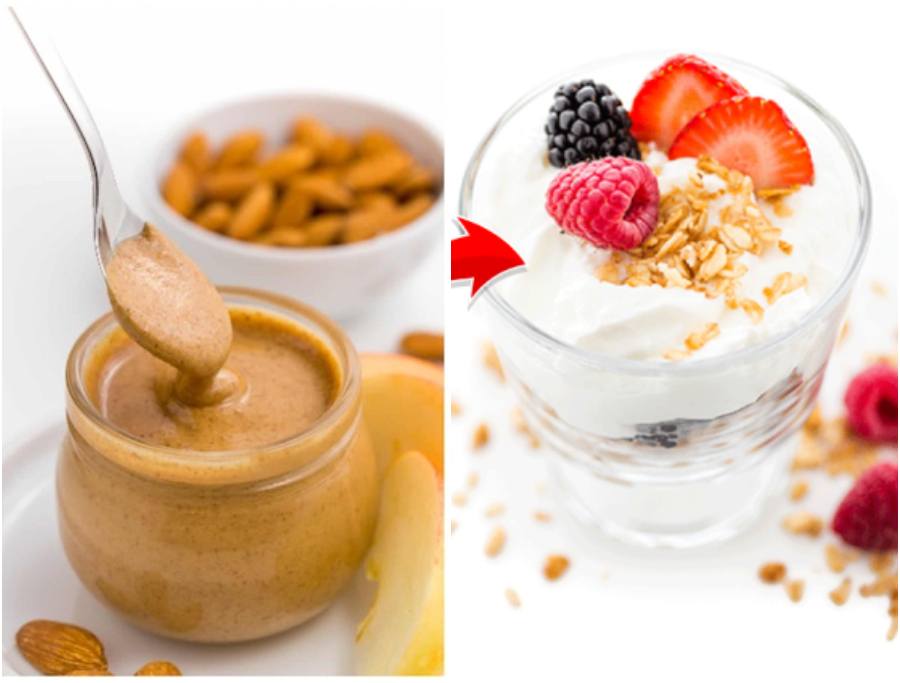It is not hard to logically deduce, that what is good for your whole body would also be good for your hair. But before we plunge into a hardcore exercise routine in a bid to stimulate hair growth, let’s check the facts.


How true is the claim that exercise, along with its multiple benefits, actually helps hair growth?
Exercise and Cortisone
‘Cortisone’ or ‘cortisol’ is a stress hormone secreted by the adrenal gland in situations of prolonged stress, sleep deprivation and starvation (read: excessive dieting). Stress, as we know, spells disaster for hair, among other things. When this happens, the body further increases production of this hormone. Finally, cortisone stunts the performance of the follicle, resulting in thinning hair.
Regular workouts which focus primarily on cardiovascular or aerobic exercises release serotonin and endorphins or ‘feel-good’ hormones to counter cortisol production. A lower cortisol level can promote hair growth.

Here it is worthy to note, that taking on an exercise program that’s too intense for one’s current fitness level may actually release extra cortisone by gearing the body into stress mode. So it is important to exercise under the guidance of a fitness expert or at least to know one’s limits, so that you don’t put your body through something it can’t yet cope with.
Exercise Reduces DHT
Slow steady exercises like jogging or yoga regulate hormones and reduce the formation of DHT formation. Dihydrotestosterone or DHT is a major cause of balding in men, and also contributes to hairfall in women. While it is true that regular controlled exercise plans can balance the amount of DHT in the body, extreme bodybuilding, can have the opposite effect and pump up the production of DHT. Moderate exercise thrice to five times a week reduces the DHT produced by the body. The key is not to overdo workouts and maintain regularity.
Exercise and Blood Circulation
Regular exercise also improves blood circulation, which means follicles get a boost of oxygen rich hair and nutrients from our diet reach the follicle. Good blood circulation also distributes natural sebum evenly through the scalp, leading to good hair growth.
Exercise and Hormones For Hair Growth
A study by the German Society of Endocrinology proves that exercise lowers stress levels and also increases sex hormone-binding globulin, or SHBG. The latter has been found to be lower among men who experience hairloss before the age of 30. It would logically follow, that exercise in moderation can regulate hormones favourably for hair growth.

However, strength training with weights increases testosterone levels, which can cause hairloss. The prime reason why women never get bald regardless of age is their hormones. Female hormones like estrogen and progesterone boost hair growth (a reason why pregnant women experience increased hair growth – their hormone levels are much higher than usual). Heavy weight lifting can upset the natural balance of hormones and tip it in the favour of testosterone, which has been linked with loss of hair.
Exercise and PCOS-related Hair Problems
Many women with PCOS discover that the hair on their heads does not grow at the usual pace. Annoyingly enough, they find themselves battling with unwanted body or facial hair – a condition known as hirsutism, a common effect of PCOS. This happens because the serum androgen level of these women is unnaturally high. Androgen, or male hormones, as we already know, are not your hair’s best friends.
Many such patients of PCOS have claimed that exercising and keeping their weight under check helps to control the hormonal imbalance caused by the disease as well as its unpleasant side effects such as a thinning scalp.
Exercise For Perimenopause-related Hair Problems
The transition into menopause can cause hairloss but doing a minimum of 30 minutes of daily exercise can help get hair growth back on track.
Conclusion
Talk to a fitness expert and develop an exercise program that ideally incorporates mainly cardio workouts with a small number of strength training exercises. Doing these four to five times a week should be sufficient. Begin at a comfortable pace and increase the difficulty level as your capacity increases. With trial and error you will find the right amount and type of exercises that are ideal for you. What works well for the rest of your body without making workouts an over-strenuous affair is likely to work well for your hair as well. Listen to your body and look for other signs that tell you if you are over-exercising and doing more harm than good to your hair.
Five Easy Tips to Jumpstart Your Exercise Regimen
4 Exercises to Reduce Thigh Fat
Does Exercise Help Acne?
Supplements for Hair Growth
How to Stop Hair Loss









Thank youuuuu!! Thank youuuuu!!! :jaiho: :clap: :clap:
Nice…..!!! Very informative…..
Good compilation :waytogo: :waytogo: